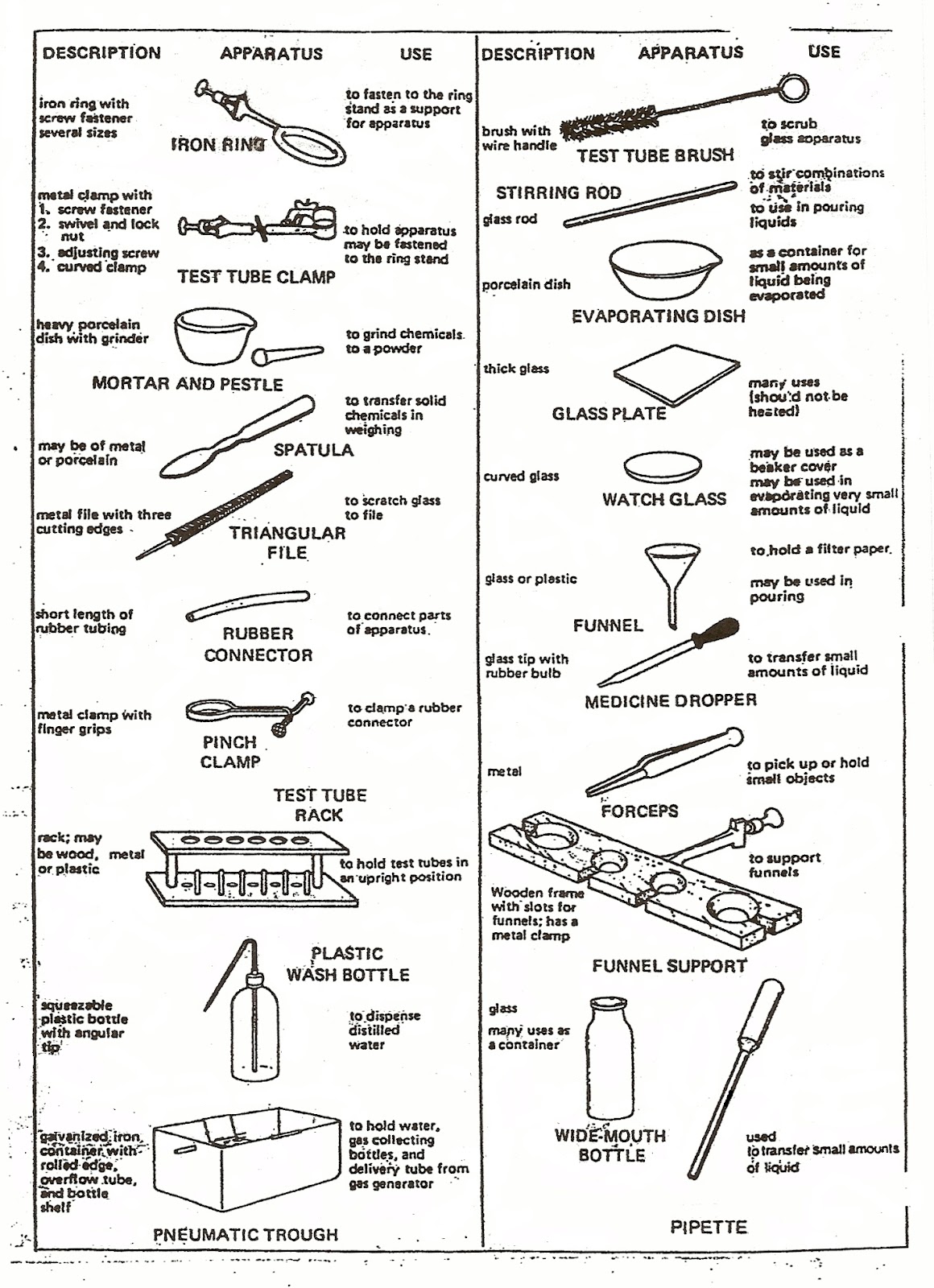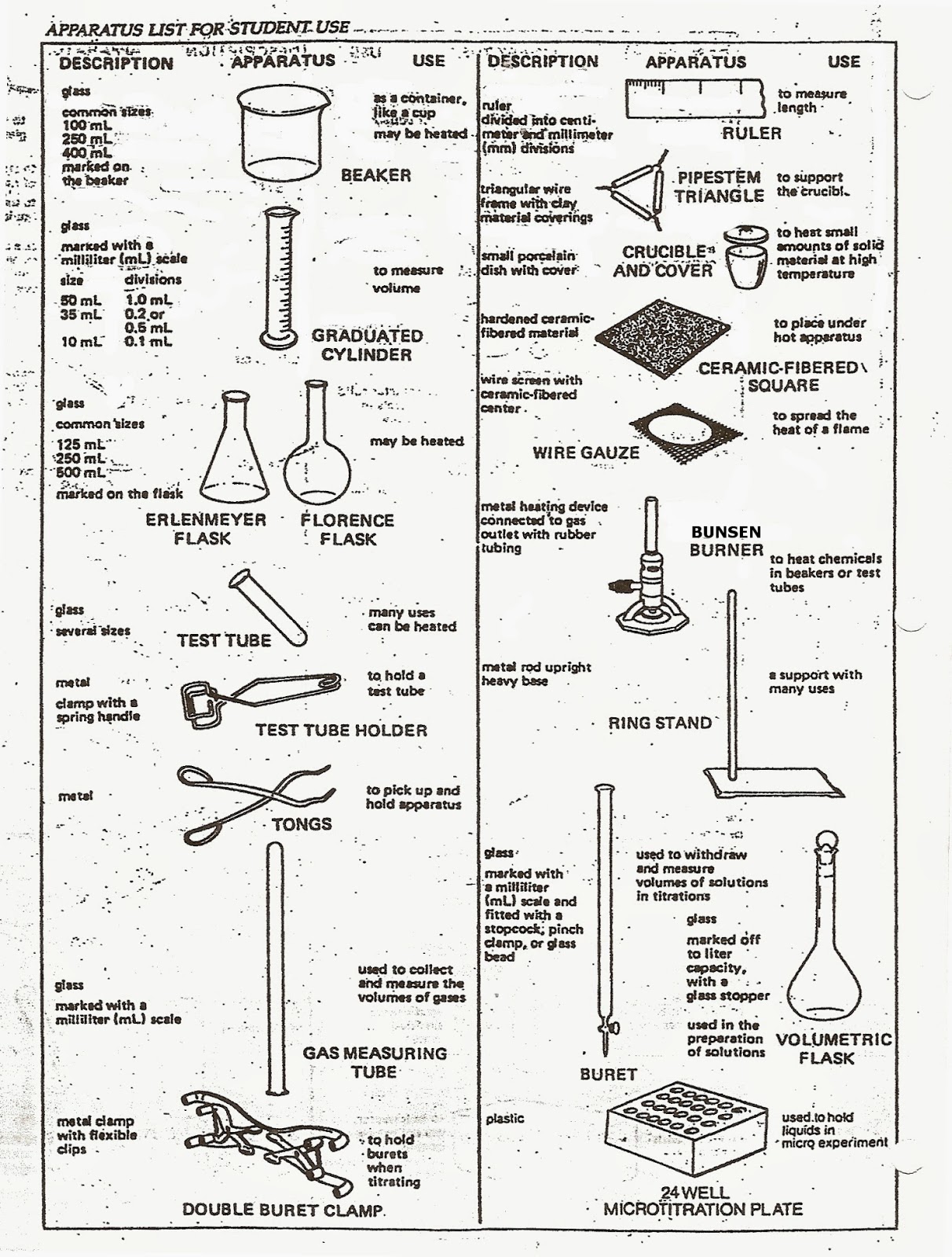Chemistry laboratory materials are essential components that contribute significantly to the advancement of scientific research and experimentation. In the realm of chemistry, having the right tools and materials is crucial for conducting experiments safely and effectively. This article aims to provide an in-depth exploration of various chemistry laboratory materials, their applications, and their importance in the field of chemistry.
In this guide, we will delve into the various types of chemistry laboratory materials, their properties, and how they are utilized in different chemical processes. Whether you are a student, educator, or professional chemist, this article will serve as a valuable resource for understanding the materials that form the backbone of chemistry laboratories.
Table of Contents
- 1. Introduction to Chemistry Laboratory Materials
- 2. Types of Chemistry Laboratory Materials
- 3. Importance of Quality Laboratory Materials
- 4. Best Practices for Handling Chemistry Laboratory Materials
- 5. Storage and Disposal of Laboratory Materials
- 6. Future Trends in Laboratory Materials
- 7. Conclusion
1. Introduction to Chemistry Laboratory Materials
Chemistry laboratory materials encompass a wide array of items that are integral to conducting experiments in a chemistry lab. These materials can range from simple glass beakers to complex analytical instruments. Their proper selection and usage are paramount for achieving accurate results and ensuring safety in the laboratory environment.
Understanding the different types of laboratory materials is essential for anyone involved in chemical research or education. Each type of material has its specific use, and knowing how to choose the right one can greatly influence the outcome of an experiment.
In the following sections, we will categorize and discuss the various materials commonly found in chemistry laboratories, providing insights into their functions and applications.
2. Types of Chemistry Laboratory Materials
Chemistry laboratory materials can be broadly classified into four main categories: glassware, chemicals and reagents, lab equipment, and safety gear. Each of these categories plays a unique role in the laboratory setting.
2.1 Glassware
Glassware is one of the most fundamental components in any chemistry laboratory. It includes a variety of containers and tools used for mixing, heating, and measuring chemicals. Common types of glassware include:
- Beakers
- Flasks (Erlenmeyer, volumetric)
- Pipettes
- Test tubes
- Graduated cylinders
Each type of glassware has its specific uses. For instance, beakers are often used for stirring and mixing, while volumetric flasks are designed for precise dilutions and preparing standard solutions.
2.2 Chemicals and Reagents
Chemicals and reagents are the substances that are used in chemical reactions and experiments. They can be organic or inorganic compounds and are often categorized as:
- Solvents (e.g., water, ethanol)
- Acids and bases (e.g., hydrochloric acid, sodium hydroxide)
- Salts (e.g., sodium chloride, potassium nitrate)
- Indicators (e.g., phenolphthalein, litmus paper)
It is essential to select high-quality chemicals and reagents to ensure the accuracy and reliability of experimental results.
2.3 Lab Equipment
Lab equipment refers to the specialized instruments and tools used in a chemistry laboratory. Some common lab equipment includes:
- Balances (analytical and top-loading)
- Hot plates and Bunsen burners
- Centrifuges
- Spectrophotometers
- pH meters
These instruments are critical for measuring, heating, and analyzing samples accurately, which is essential for successful lab work.
2.4 Safety Gear
Safety in the laboratory is paramount, and having the right safety gear is essential to protect researchers from potential hazards. Common safety gear includes:
- Lab coats
- Safety goggles
- Gloves (nitrile, latex)
- Face shields
- Fume hoods
Using appropriate safety gear minimizes the risk of accidents and ensures a safe working environment.
3. Importance of Quality Laboratory Materials
The quality of laboratory materials directly impacts the reliability and reproducibility of experimental results. High-quality materials ensure that experiments yield accurate data and minimize the risk of contamination.
Moreover, using reputable brands and suppliers for laboratory materials can enhance the overall efficiency of laboratory operations and promote safety. For instance, using high-quality glassware can prevent breakage and chemical reactions that might compromise the integrity of the experiment.
4. Best Practices for Handling Chemistry Laboratory Materials
To ensure the safety and effectiveness of laboratory work, it is vital to follow best practices when handling chemistry laboratory materials. Some essential practices include:
- Always read and understand the Material Safety Data Sheets (MSDS) for chemicals.
- Use appropriate personal protective equipment (PPE) at all times.
- Label all containers clearly with the contents and hazard information.
- Avoid working alone in the lab, especially when handling hazardous materials.
- Practice proper waste disposal methods for chemicals and materials.
5. Storage and Disposal of Laboratory Materials
Proper storage and disposal of laboratory materials are crucial for maintaining safety and compliance with regulations. Here are some key points to consider:
- Store chemicals in designated cabinets, away from heat sources and sunlight.
- Ensure that incompatible chemicals are stored separately to prevent reactions.
- Follow local regulations for hazardous waste disposal.
- Use appropriate containers for waste disposal and label them accordingly.
6. Future Trends in Laboratory Materials
The landscape of chemistry laboratory materials is continually evolving, with advancements in technology leading to new materials and methods. Some emerging trends include:
- Development of eco-friendly and biodegradable materials for lab use.
- Increased use of automation and robotics in laboratory processes.
- Innovation in lab safety equipment, including smart technology for monitoring environments.
- Advancements in materials science that lead to more efficient laboratory tools and equipment.
7. Conclusion
In conclusion, understanding chemistry laboratory materials is essential for anyone involved in scientific research or education. The right materials not only enhance the safety and accuracy of experiments but also contribute to the advancement of knowledge in the field of chemistry.
We encourage readers to explore the various categories of laboratory materials, invest in quality supplies, and adhere to best practices for handling and disposal. By doing so, you can ensure a safer and more productive laboratory experience.
Call to Action
If you found this article helpful, please leave a comment below, share it with your colleagues, or explore other articles on our site for more insights into the world of chemistry.
Penutup
Thank you for taking the time to read our comprehensive guide on chemistry laboratory materials. We hope you found the information valuable and look forward to seeing you again on our site for more engaging content.
How Did Lainey Wilson Get Started: A Journey To Country Music Stardom
Dr. Quinn, Medicine Woman: The Life And Legacy Of Michaela Quinn
Miguel Diaz Real Name: Unveiling The Identity Behind The Star


